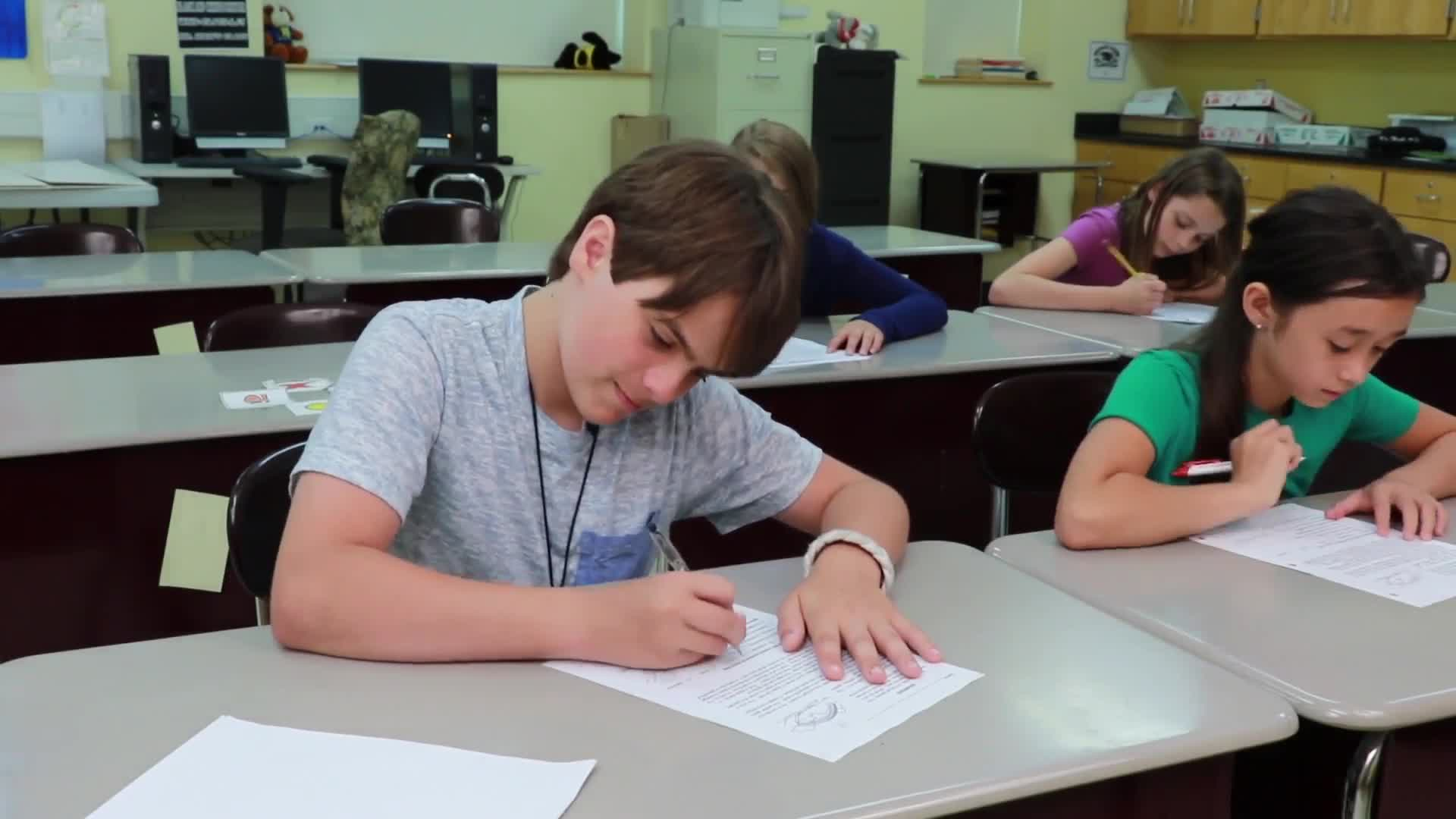
Introduction
Teaching students to recognize emotions and develop empathy is a crucial aspect of Social-Emotional Learning. Emotions Bingo is an interactive and engaging activity designed to help students identify various emotions, understand the reasons behind them, and practice empathetic responses. This blog post will provide an overview of the Emotions Bingo activity, a no-prep activity, discussion questions, related skills, and next steps for educators working with students in Special Education.
No-Prep Activity: Emotions Bingo
Emotions Bingo is a simple, no-prep activity that can be easily incorporated into your lesson plan. To play, each student receives a bingo board with different emotions listed in each square. The educator then presents a series of situations or scenarios, asking students to identify the emotions of the characters involved. Once an emotion is correctly identified, students mark the corresponding square on their board. The first student to get four emotions in a row—up, down, or diagonal—calls out “bingo” and wins the game.
As the game progresses, encourage students to pay attention to the characters’ facial expressions, body language, and tone of voice to help them identify the emotions. Whenever you see the designated icon in the corner, pause the game and discuss how everyone is feeling. This will foster a deeper understanding of emotions and empathy among students.
Discussion Questions
- Why is it important to recognize and understand the emotions of others?
- How can we use facial expressions, body language, and tone of voice to identify emotions?
- Can you think of a time when you felt a similar emotion to one of the characters in the game? How did you handle the situation?
- What are some ways we can show empathy and support to others when they are experiencing different emotions?
- How does recognizing and understanding emotions help us build better relationships with others?
Related Skills
Beyond emotion recognition and empathy, Emotions Bingo also helps students develop other essential Social-Emotional Learning skills, such as:
- Active listening: Encouraging students to pay close attention to the characters’ expressions and words helps them become better listeners.
- Communication: Discussing emotions and empathetic responses promotes effective communication among students.
- Self-awareness: Reflecting on personal experiences with similar emotions allows students to better understand their own feelings and reactions.
- Conflict resolution: Identifying emotions in others can help students navigate conflicts more effectively and find solutions that satisfy everyone involved.
Next Steps
Emotions Bingo is just one of the many engaging activities designed to help students develop crucial Social-Emotional Learning skills. To explore more, sign up for free samples of skill-building activities and other resources at Everyday Speech.

